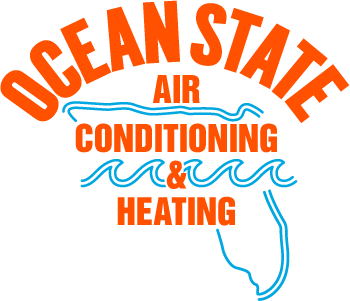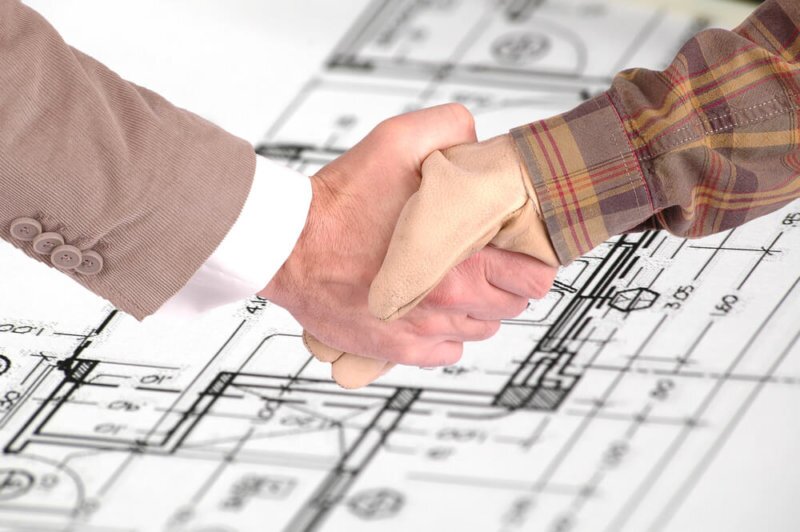The outcome of a home improvement project makes your home more comfortable and attractive, but the process can pose risks including indoor air quality (IAQ) challenges. Projects as simple as painting a room can degrade air quality enough to affect your health. Manage remodeling by making careful choices about the types of products used, and the removal and disposal of all material to mitigate the hazardous side effects on your indoor air quality.
Assess the IAQ Risks
If your home was built after the early 1980s, chances are it won’t contain the two most toxic construction materials prior to that period: asbestos and lead paint. However, if yours was built prior to the 1980s, use caution as you go about disturbing and removing some of its original materials.
Older homes may contain asbestos, which can cause lung cancer. Asbestos was used in flooring, paint and insulation before it was banned in the mid-1970s. There’s no way to know if a home has asbestos without professional help. Asbestos itself isn’t harmful until it’s disturbed by scraping, sanding or removal.
Lead paint, which was used in older homes until it was banned, can cause serious harm. Ingested lead paint damages the brain development of infants and children, and can even harm adults. Call an expert if you suspect you have a surface coated with lead paint.
If you plan to disturb or remove the asbestos or lead paint yourself, don’t use the thin paper dust masks to protect your respiratory system. Home improvement centers sell upgraded filters that will trap the smaller particles created during the remodeling process. Anyone who will be exposed to the dust from these materials should use such a mask.
New Materials
New construction materials may contain volatile organic compounds (VOCs) that are known health hazards. The materials with the highest VOC toxicity are those made from hydrocarbons, like oil-based paints and finishes, along with vinyl flooring and carpeting, and wood cabinets or furniture. The best way to maintain indoor air quality while remodeling is to avoid VOCs aa much as possible.
Fortunately, many options are available today, for paints, finishes, flooring and adhesives that are low in VOCs. Look at the label carefully and choose those that are VOC-compliant or state they have low VOCs. Try to seek dealers who off-gas products (release dissolved gases) prior to making them available for sale.
Ventilation
Open the windows and doors as much as possible to pull in fresh air to protect indoor air quality while remodeling. You can place window or box fans in rooms to increase fresh air intake and use kitchen and bathroom exhaust fans.
Protecting the HVAC System
If it is possible, close off the ductwork and avoid using your HVAC equipment during the remodeling process, especially when old carpeting, drywall or paint is being removed. Old carpets, in particular, hold a lot of dirt, dust, dander, pollen and grit. If your HVAC system is running, it can pull in all those particles, which are then released when you later use the system.
If it is not possible to completely shut off your HVAC system, for example if you are remodeling during the hot summer months, close off the area where you are working, shut its supply and return ducts, and seal them over with plastic and tape. Insist that your remodeling contractor use vacuum cleaning equipment with high-efficiency particulate air (HEPA) filtration for cleaning the surfaces. If you are doing the work yourself, look for a vacuum cleaner with a HEPA filter to protect indoor air quality during remodeling and cleaning.
Once the remodeling project is complete, change the air filter for the HVAC system. It is also a good time to call your HVAC contractor to schedule routine maintenance to remove any of the dirt from your system. You may also need to have your ducts professionally cleaned if the project involved a lot of dust.
Learn more about how to maintain high indoor air quality while remodeling, as well as about Ocean State Air Conditioning & Heating’s air quality solutions, or call us at (904) 574-5619. We also provide a range of indoor air quality products for your home or office.

